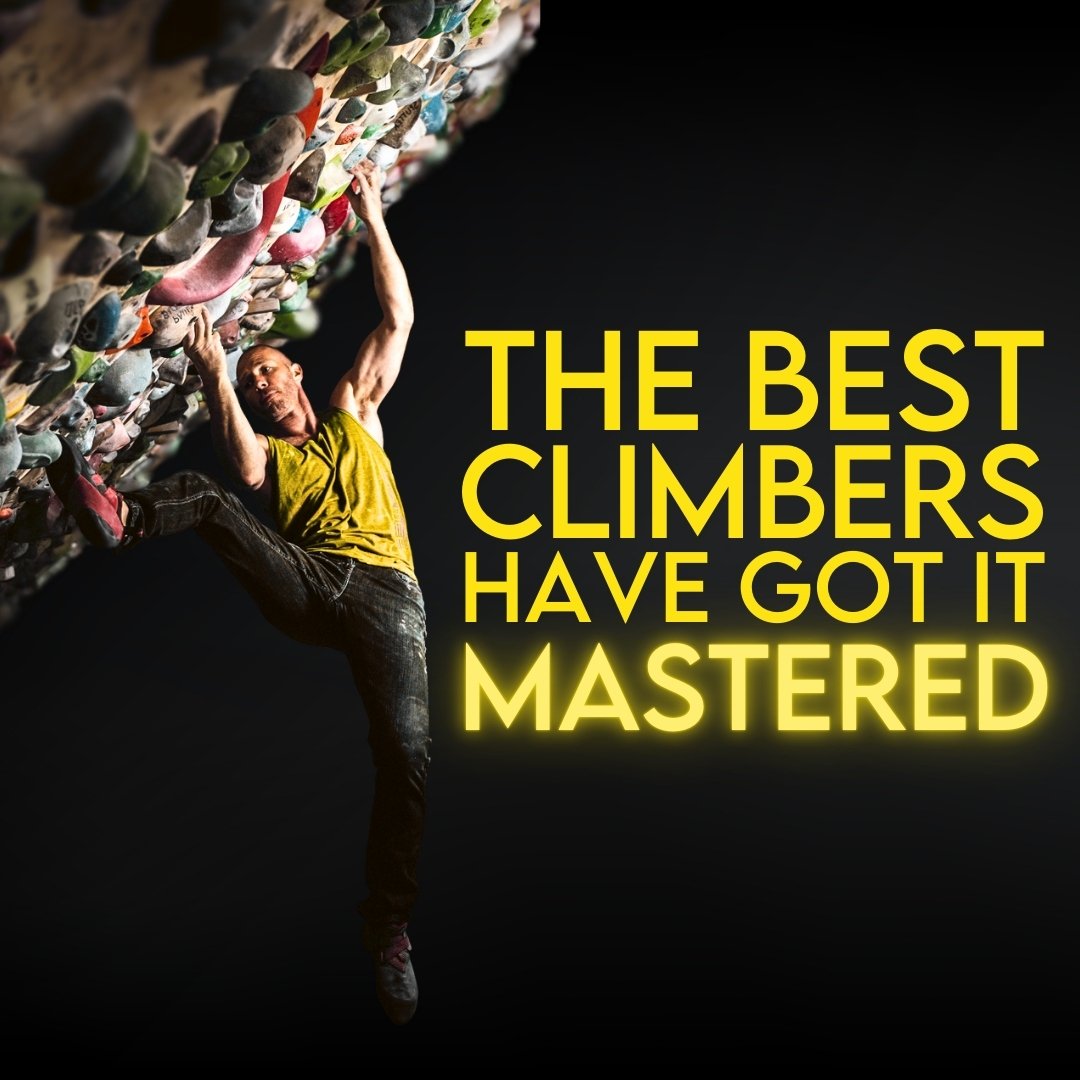Taped Tips | The Hidden Value of Lowballs
On the surface, Margin of Error in Red Rocks is an unimpressive lowball, probably a little overgraded, and just doesn’t fit into what most climbers would call “proud”…
…but since we’re in the midst of examining movement and skill acquisition, I pulled this video out because it’s a really great example of useful constraints that lead to unique solutions – in this case, a move I had never seen.
In case you haven’t been following along lately, there are two main theoretical approaches to skill acquisition: Information Processing and Ecological Dynamics.
Information Processing is what most of us are taught – that we have some computer in our heads storing our movement, and we rifle through and pull out the motor program when we need it.
Ecological Dynamics says that we aren’t storing anything per se, but instead our actions are informed by – and always coupled with – our perception of our environment; that they aren’t some separate mental file of motor programs.
On this ecological side, the common approach to coaching movement is known as the Constraints-Led Approach. Rather than being informed about the mechanics of a movement and then being asked to execute it, the coach puts a constraint into place that renders a specific solution ineffective, and ideally, guides the athlete into finding the desired solution.
In the case of Margin of Error, its main constraint is that you have to fit your moves into a small area or you’ll dab. Being so close to the ground forces the climber to find solutions that allow them to stay tight to the roof. For me, it forced me to find movement solutions that I wouldn’t normally have needed or looked for.
I was climbing with my friend Josh Muller, a Canadian climber and gym owner who’s climbed a number of V14’s, and we were both having trouble with the opening move. I couldn’t make a heel hook work, and a drop knee, which I wanted, wasn’t working because my arm was in the way. And it occurred to me that instead of getting my arm out of the way I could just set the drop knee differently… and it worked. We jokingly called it the “Figure 6”. And here’s the thing:
I’d never seen it, so I didn’t have some motor program in my head telling me how to do it or in what scenario it would work. I ended up at that solution entirely because of the constraints given.
We often think that if a climber doesn’t know a technique, we have to tell them; that if they’ve never seen a kneebar before, they’ll never find a kneebar. But someone was first to find a kneebar.
Solutions emerge based on the constraints.
And that might just be a better way to teach. And a better way to learn.
We’re digging into how climbers learn to move and will be collecting and connecting the dots in our monthly newsletter, The Current. Consider subscribing, and together we can learn, grow, and excel.
LISTEN ON YOUR PODCAST APP OF CHOICE
Switching back and forth between sport climbing and bouldering can be difficult…
Alex Megos once said that conditions don’t matter, but we all know that’s not true… or is it?
There’s one often overlooked thing that has the power to positively – or negatively – affect every single day of climbing for the rest of your life.
There is a point at which continuing a tactical approach can slow your climbing gains.
Toe-hooking can seem more like sorcery than other techniques, but you’re probably just going about it the wrong way.
Despite being constantly present and often the reason we fail, Rhythm is the most underrated of the Atomic Elements of Climbing Movement.
There’s A LOT of great information out there on how to climb harder. But it’s tough to sort through…
Short climbers are good at getting scrunchy, and tall climbers are good at climbing extended, right? Wrong.
One of the most common places things start to fall apart is at the very beginning of the move.
We know spending time on a finishing link is smart tactics for hard climbs. So why not apply the same concept to individual moves?
Learning when and how to compensate for a weakness is a skill. And skills need to be practiced.
Training principles are important, but when they creep into performance, your climbing will suffer. Nearly every time.
We have become collectors of dots. But there’s one major thing that happens when we connect dots that is entirely lost in mass dot collection: critical thinking.
You have a climbing trip coming up. The rock is different. The style is different. Your pre-trip time is short and the number of days you’ll be climbing, even shorter…
The difficulties of a task should be such that they help the learner translate the skill to performance.
You’re watching your client, student, partner, or bestie struggle. And you want to help. But how? It entirely depends on the goal.
We think we know exactly what climbing looks like. We’ve zeroed in on the details. And in this case, it really isn’t those details that matter.
A climber since 1994, Kris was a traddie for 12 years before he discovered the gymnastic movement inherent in sport climbing and bouldering. Through dedicated training and practice, he eventually built to ascents of 5.14 and V11.
Kris started Power Company Climbing in 2006 as a place to share training info with his friends, and still specializes in working with full time "regular" folks. He's always available for coaching sessions and training workshops.

























A better way to view grades and progression?